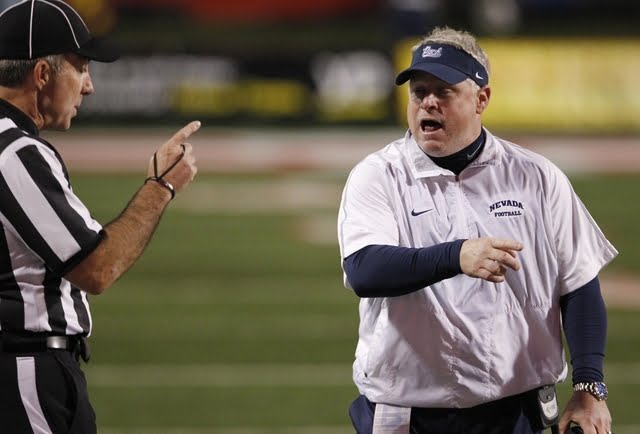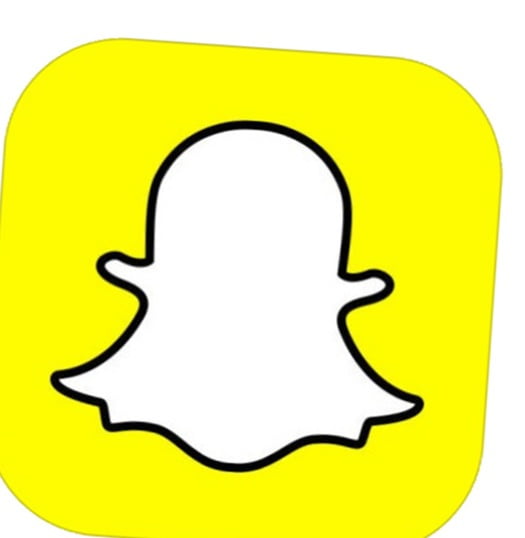

Brian Polian couldn’t take it anymore.
Whenever the UNR football coach scrolled through his Twitter timeline last summer, he saw posts from various high school prospects announcing their top schools. The lists are commonplace — and preposterous, according to Polian — on social media, and Polian’s response was to send out his own.
“I got annoyed, so I did my top five Hostess cakes,” Polian said at last month’s Mountain West media days. “I like Chocodiles first. I like Twinkies …
“Obviously, all the Boise (State) fans took off running with it, but I was just trying to make a point. This can be fun, too. It doesn’t all have to be, ‘Look at me, look at me.’”
Social media has taken on an integral role in recruiting, as college coaches find creative ways to communicate with prospects and promote their program.
But with a growing number of recruits updating social media followers every step of the way, it’s also provided prep athletes with unprecedented levels of attention before they step on a college campus.
“I think we are making 15-minute celebrities out of 16-, 17-year-olds in high school,” Polian said.
With few exceptions, college coaches are allowed unlimited contact with high school juniors and seniors through private “electronic correspondence (e.g. electronic mail, Instant Messenger, facsimiles, text messages),” according to NCAA guidelines.
And a new NCAA regulation, jokingly called the “Click, Don’t Comment” rule, went into effect this month permitting college coaches to “‘like’, ‘favorite’ and republish” social media posts from prospective student-athletes.
But it’s often the prospects themselves who are giving fans a front-row seat for their recruitment.
“It’s not those kids’ fault they were born when they were born and that social media is so prevalent in their society,” Utah State football coach Matt Wells said.
Many of today’s recruits publicize each scholarship offer they receive and list their top schools using a photo edit, which is artwork created on an editing app that features an enhanced photograph accompanied by logos and other graphics.
When it’s time to make an oral commitment or decommit from a school, nearly all of the area’s top prospects first announce it on Twitter.
“(Revealing) my (top) eight, that was the craziest thing that’s ever happened on my social media,” Centennial boys basketball standout Troy Brown Jr. said. “It’s a great outlet because you know everybody’s on it. Your 4-year-old brother might have a Twitter.”
Coaches often monitor recruits’ behavior on social media. Fans love the access to their favorite team’s recruiting targets, and what teenager doesn’t want positive attention from strangers?
But the backlash also can be fierce. Take Bishop Gorman senior quarterback Tate Martell, whose recruitment played out over the past year on Twitter for everyone with a Wi-Fi connection to see.
In May, Martell decommitted from Texas A&M, prompting a Twitter rant from an Aggies assistant and plenty of nasty responses from spurned fans. Martell spent the next few weeks updating his social media followers on his new list of schools before announcing his commitment to Ohio State in June, which ignited another round of messages.
Last month, Martell posted a statement on his Twitter account in which he admitted he paid too much attention to social media, then deleted that and hundreds of other tweets.
UNLV senior associate athletic director Eric Toliver said it is technically a recruiting violation if “boosters” contact recruits through social media, but admitted it is difficult to monitor.
“On occasion, I have actually had to reach out to some individuals and request a meeting in my office,” Toliver said. “If they’re a superfan, they love the program so much that when I said I’m going to disassociate you from the program, that’s the last thing they want, so they comply.”
[Source:-RJ]





